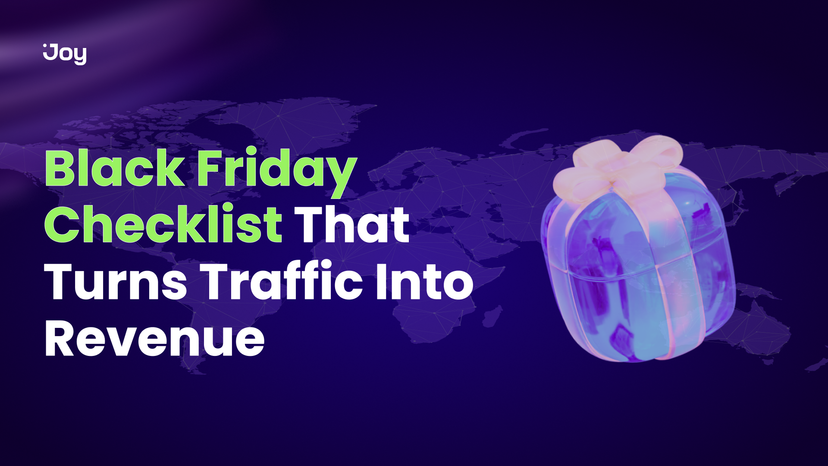Loyalty programs are a fantastic way to build strong relationships with customers, but the real measure of success isn’t just how many people sign up – it’s how often they use their rewards.
When customers redeem their points or perks, it shows they find value in your program. A low redemption rate means customers might not be as engaged as you’d like, while a high rate signals satisfaction and loyalty.
In this article, let’s dive into why redemption rates matter and some practical strategies to improve them.
Understanding Loyalty Program Redemption Rates
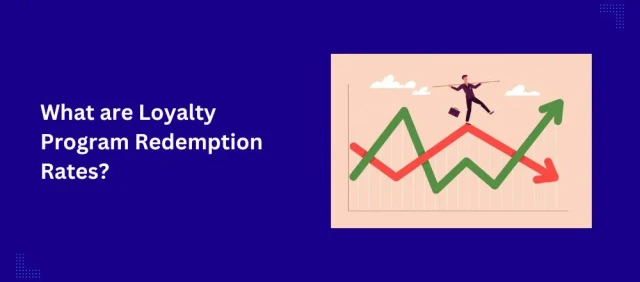
Loyalty program redemption rates refer to the percentage of earned rewards that customers redeem within a loyalty program
Here are the key reasons why redemption rates are crucial for a loyalty program’s success:
- Customer Engagement – A high redemption rate indicates that customers find the rewards valuable and actively engage with the program, while a low rate may signal issues such as unappealing rewards, complicated redemption processes, or lack of awareness about the program.
- Program Effectiveness: Redemption rates are a key performance indicator (KPI) to help you understand if your program is achieving its goals, such as increasing customer retention, driving repeat purchases, or boosting brand loyalty.
- Loyalty program ROI: Redeemed rewards often translate to increased sales or customer activity. If no one is redeeming the rewards, then the program is just a cost, not a revenue generator.
- Increased Sales & Revenue – Customers who redeem rewards often spend more than the reward value, driving additional purchases.
- Brand Loyalty & Advocacy – A well-functioning loyalty program encourages long-term loyalty and increases the likelihood of customers recommending the brand to others.
- Program Optimization – Tracking redemption rates provide insight into whether the program needs adjustments, such as easier redemption processes, more attractive rewards, or better communication about benefits.
How To Calculate Your Loyalty Program Redemption Rates
Calculating the redemption rate of your loyalty program is straightforward. Below is the formula:
Redemption Rate (%) = (Number of Rewards Redeemed / Total Rewards Issued) × 100
Steps to calculate redemption rates:
- Determine the total number of rewards or points issued: Count all points, vouchers, discounts, or incentives provided during a specific period.
- Count total rewards redeemed: Calculate how many rewards or points customers redeemed.
- Calculate your redemption rate: Apply the formula above to arrive at your redemption rate percentage.
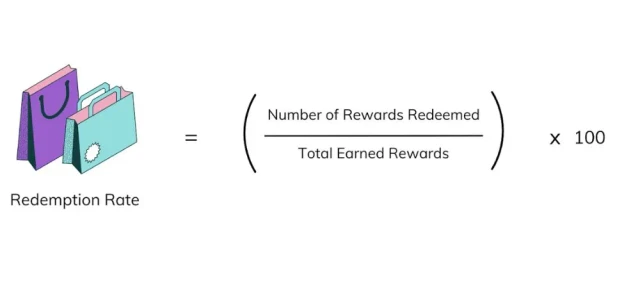
Example:
Suppose your loyalty program issued 100,000 points in a month, and customers redeemed 25,000 of those points. The redemption rate would be:
Redemption Rate = (25,000 / 100,000) × 100 = 25%
This means that 25% of the points issued were redeemed by customers during that month.
Benchmark: What Is Considered a Good Redemption Rate Across Different Industries?
- Redemption rates vary significantly by industry, reward type, and program structure. However, here are the typical benchmarks for some sectors:
In 2023, the global redemption rate for loyalty program rewards – encompassing points, cashback, and other incentives – stood at 49.8%, a slight increase from 48.6% in 2022.
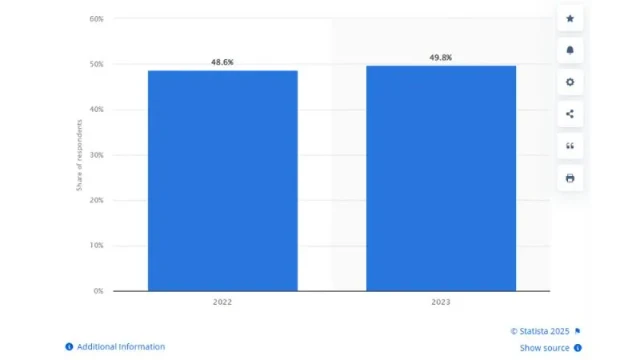
| Industry | Average Redemption Rate |
| Retail | 40 – 60% |
| E-commerce | 20 – 30% |
| Travel & Hospitality | 50 – 70% |
| Food and Beverage | 30 – 50% |
| Health & Wellness | 25 – 45% |
Source: umbrex.com
4 Factors Influencing Loyalty Program Redemption Rates
Loyalty program redemption rates are pivotal indicators of a program’s success, reflecting how effectively rewards resonate with members. Several key factors influence these rates:
1. Loyalty Program Structure & Design
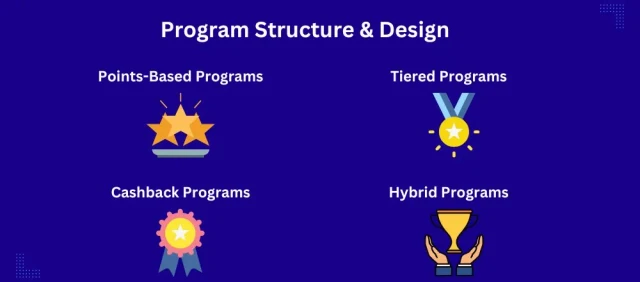
The architecture of a loyalty program significantly impacts redemption behaviors. Different models cater to varying customer motivations:
- Points-Based Programs: Members accumulate points per purchase, redeemable for rewards. While straightforward, if point thresholds are too high, members might feel discouraged from redeeming.
- Tiered Programs: Offering escalating benefits as customers reach higher spending levels, these programs motivate increased engagement. However, if tiers seem unattainable, they may deter participation.
- Cashback Programs: Providing direct monetary returns, these programs appeal to value-conscious customers, often leading to higher redemption due to the clear, immediate benefit.
- Hybrid Programs: Combining elements like points and tiers, hybrids aim to cater to diverse preferences, potentially enhancing overall redemption rates.
2. Customer Engagement & Communication
Active engagement and consistent communication are vital in encouraging redemptions:
- Email Marketing: Personalized emails highlighting available rewards and exclusive offers remind members of their benefits.
- Push Notifications: Timely alerts about point balances or expiring rewards create urgency, prompting immediate action.
- Social Media: Sharing success stories and showcasing popular rewards on platforms fosters a community feeling and motivates others to redeem.
3. Ease of Redemption Process
A seamless redemption experience is crucial:
- User-Friendly Platforms: Intuitive interfaces, both online and offline, facilitate effortless reward claims.
- Flexible Options: Allowing combinations like points-plus-cash lowers redemption barriers, making rewards more accessible.
4. Reward Relevance & Perceived Value
The attractiveness of rewards determines members’ motivation to redeem:
- Personalization: Tailoring rewards to individual preferences ensures they align with members’ desires, increasing perceived value.
- Diverse Catalog: Offering a variety of rewards caters to a broader audience, enhancing the likelihood of redemption.
How to Improve Your Loyalty Program’s Redemption Rate: Implementation Checklist
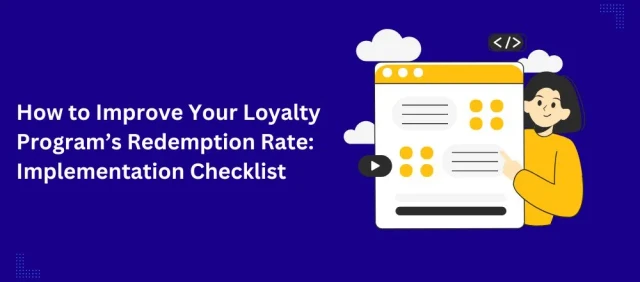
To enhance your loyalty program’s success, follow this implementation checklist to improve your redemption rates effectively.
Audit current redemption rates and identify problem areas
Before making changes, assess your current redemption rate and pinpoint obstacles. Analyze:
✅ The percentage of customers redeeming rewards.
✅ Common reasons for non-redemption (e.g., high thresholds, confusing terms).
✅ Drop-off points in the redemption process.
✅ Customer feedback regarding reward satisfaction and ease of use.
By identifying problem areas, you can make data-driven improvements that address the root causes of low engagement.
Simplify the Redemption Process
A complicated redemption process can discourage customers from using their rewards. Streamline the experience by:
- Reducing unnecessary steps
- Minimize clicks or actions required to redeem rewards.
- Ensure mobile-friendly redemption options.
- Offer auto-redemption for frequently used rewards.
- Ensuring transparency in terms & conditions
- Clearly communicate expiration dates and restrictions.
- Eliminate hidden fees or confusing point conversion systems.
- Display available rewards prominently within customer accounts.
The easier and clearer the redemption process, the more likely customers will take advantage of their rewards.
Increase reward variety and relevance
Customers will only redeem points if the rewards are meaningful to them. Enhance your offerings by:
- Offering exclusive, high-value rewards
- Provide VIP experiences, early access to sales, or personalized discounts.
- Offer limited-time, high-value rewards that create excitement.
- Implement surprise rewards to encourage continuous engagement.
- Aligning rewards with customer preferences
- Use customer purchase history and behavior data to tailor rewards.
- Allow flexibility (e.g., choose between discounts, free products, or donations).
- Periodically update rewards to keep them fresh and appealing.
When rewards feel valuable and relevant, redemption rates naturally improve.
Enhance customer communication strategies
Many customers forget they have rewards available or don’t understand how to use them. Boost engagement through better communication:
- Automated reminders: Notify customers when they have enough points to redeem.
- Personalized messages: Recommend rewards based on past purchases.
- Clear call-to-action (CTA): Use direct, compelling language in emails, SMS, and app notifications (e.g., “Claim Your Reward Before It Expires!”).
- In-app and website nudges: Show pop-ups or banners reminding users of available rewards.
Consistent and strategic communication ensures customers stay engaged with the program.
Leveraging Gamification & Urgency
Adding an element of fun and scarcity can significantly boost redemption rates.
- Gamification elements: Introduce point multipliers, tiers, and progress tracking to keep customers motivated.
- Limited-time offers: Set expiration dates on high-value rewards to create urgency.
- Streak-based rewards: Encourage frequent engagement with consecutive redemption bonuses.
Making redemptions feel like a game increases excitement and participation.
Encouraging Multi-Channel Redemptions
Customers engage with your brand across multiple platforms – make sure they can redeem rewards wherever they interact.
- Enable in-store, online, and mobile app redemptions.
- Allow social media or chatbot-assisted redemptions.
- Offer seamless integration with third-party payment apps or e-wallets.
The more convenient it is to redeem rewards, the higher the likelihood that customers will do so.
Future Trends in Loyalty Program Redemption
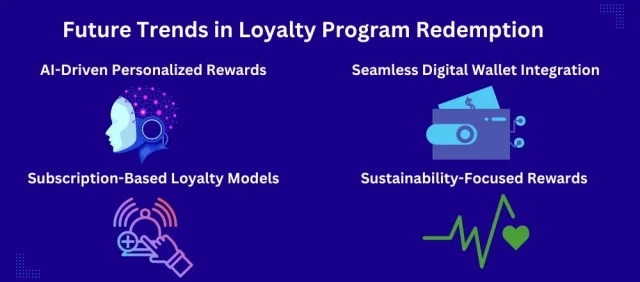
Loyalty programs are evolving to meet changing consumer expectations. Here are four key trends shaping the future of reward redemptions:
- AI-Driven Personalized Rewards – AI analyzes customer behavior to suggest tailored rewards, increasing engagement and redemption rates. Predictive analytics also helps brands anticipate customer needs.
- Seamless Digital Wallet Integration – Linking loyalty programs with digital wallets enables instant, hassle-free redemptions, eliminating the need for physical cards and enhancing convenience.
- Subscription-Based Loyalty Models – Paid memberships offer exclusive benefits, fostering deeper customer relationships and ensuring steady revenue, as seen in programs like Amazon Prime and Walmart+.
- Sustainability-Focused Rewards – Eco-conscious incentives, such as carbon credits and green product discounts, appeal to environmentally aware consumers while enhancing brand reputation.
Myths vs. Facts: Common Misconceptions About Redemption Rates
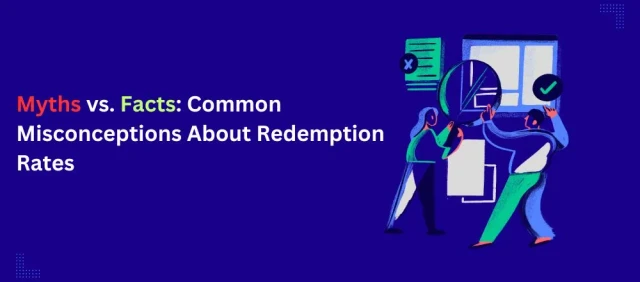
1. Myth: High redemption rates always mean a successful program
Many believe that a high redemption rate is a clear sign of a thriving loyalty or rewards program. The assumption is that if customers are actively redeeming rewards, the program is effective and driving engagement.
Fact: Sometimes, high redemption indicates over-generous rewards, leading to financial losses
While high redemption rates can indicate customer engagement, they don’t always translate to profitability. If the reward structure is too generous – offering excessive discounts or easy-to-earn rewards – the program may be costing the business more than it’s gaining.
A well-balanced redemption strategy ensures that rewards drive customer loyalty and repeat business without eroding profit margins. The key is to design a program that incentivizes desired behaviors while maintaining financial viability.
2. Myth: More redemption options always improve customer satisfaction
Many believe that offering a wide variety of redemption choices—such as discounts, gift cards, merchandise, and experiences – will automatically make customers happier and more engaged.
Fact: Too many redemption options can overwhelm customers and reduce engagement
While variety can be beneficial, an excessive number of choices can lead to “decision paralysis,” making it harder for customers to redeem rewards. When faced with too many options, customers may delay redemption or disengage from the program altogether.
A well-structured rewards program focuses on offering relevant and desirable rewards that align with customer preferences rather than simply increasing the number of options.
3. Myth: Customers will stay loyal just because they earn rewards
Many businesses assume that once customers accumulate points or rewards, they will automatically remain loyal to the brand.
Fact: A loyalty program alone isn’t enough to retain customers
Earning rewards can encourage repeat purchases, but customer loyalty depends on more than just incentives. Factors like product quality, customer service, brand values, and overall experience play a crucial role in retention. If a competitor offers better value, customers may switch, regardless of how many points they have.
A successful loyalty program should complement a strong customer experience rather than replace it. True loyalty comes from a mix of emotional connection, great service, and meaningful rewards.
Bottom Line
To keep customers engaged and buying again and again, you need to understand and improve how often they use your loyalty rewards. Use the strategies we’ve discussed to create a fun and rewarding experience that ultimately drives long-term growth.
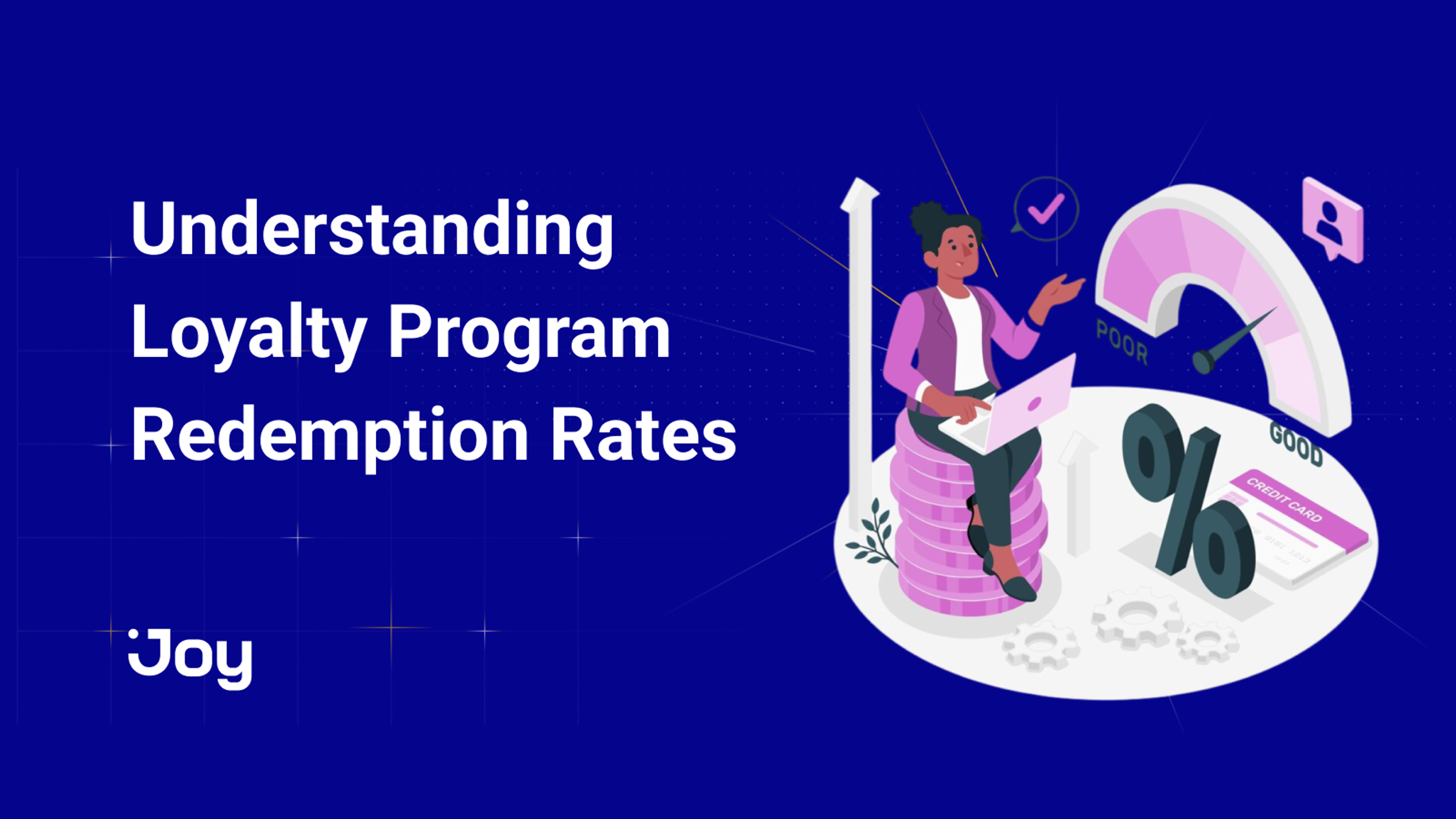


-a7e9a3.png?width=828&q=75&f=webp&auto=format)
